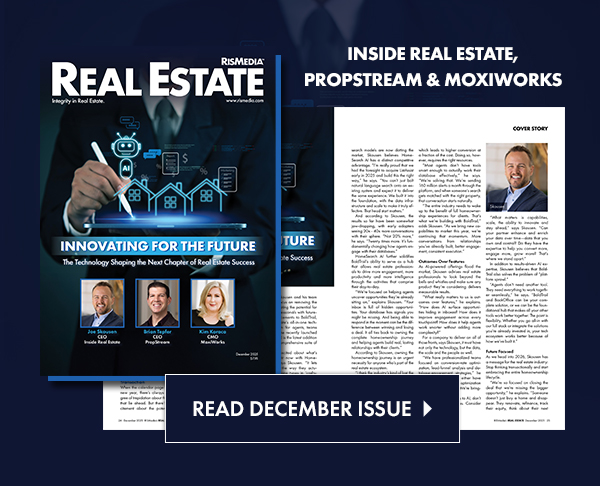Hopeful homeowners applying for a loan who aren’t able to put 20 percent down upfront may be hearing their lender talk about Private Mortgage Insurance, or PMI. A PMI comes into play when a buyer, unable to come up with a 20 percent downpayment, is seen as a risky investment. Instead of simply blocking the borrower from taking out a loan, the lendor will require a PMI.
Typically, the PMI payment is paid monthly along with the overall mortgage payment. While this may seem bleak, for some it is the only way to secure a loan without that pesky 20 percent downpayment.
However, just because you have a PMI doesn’t mean you will need to carry it the length of your loan. To get rid of the PMI on the loan, the borrower can contact their lender and ask that it be removed after they pay down enough of principal to cover the 20 percent.
Really trying to avoid that PMI? You could also take out a smaller loan to cover the amount of the 20 percent down, although this usually comes at a higher interest rate.
Understanding the Debt-to-Income Ratio
When applying for a mortgage, your lender will be looking closely at your debt-to-income ratio, also known as a DTI. But what is your DTI? It’s a calculation, and to get it, your lender will be dividing your monthly debt by your monthly income. Let’s look closer.
To start, first add up what you spend each month on the following: mortgage or rent, minimum credit card payments, car loan, student loans, alimony/child support payments, and other loans you may owe. The total amount is what you spend each month on debt.
Next, calculate your monthly income by adding up your yearly: gross income, bonus or overtime, alimony/child support, and any other income. Once you have this amount then divide your yearly income by 12 to determine your monthly income. Now all that’s left is to divide your monthly debt by your monthly income. While the base line changes, the typical ratio of what’s considered to be the healthiest debt load for the majority of people is 43 percent or less.
It’s also important to note that there are two types of DTI ratios: front end and back end. The front end DTI includes your housing-related debts. The back end DTI includes housing-related debts as well as other recurring debt payments (things like student loans, credit cards, child support, etc.).











